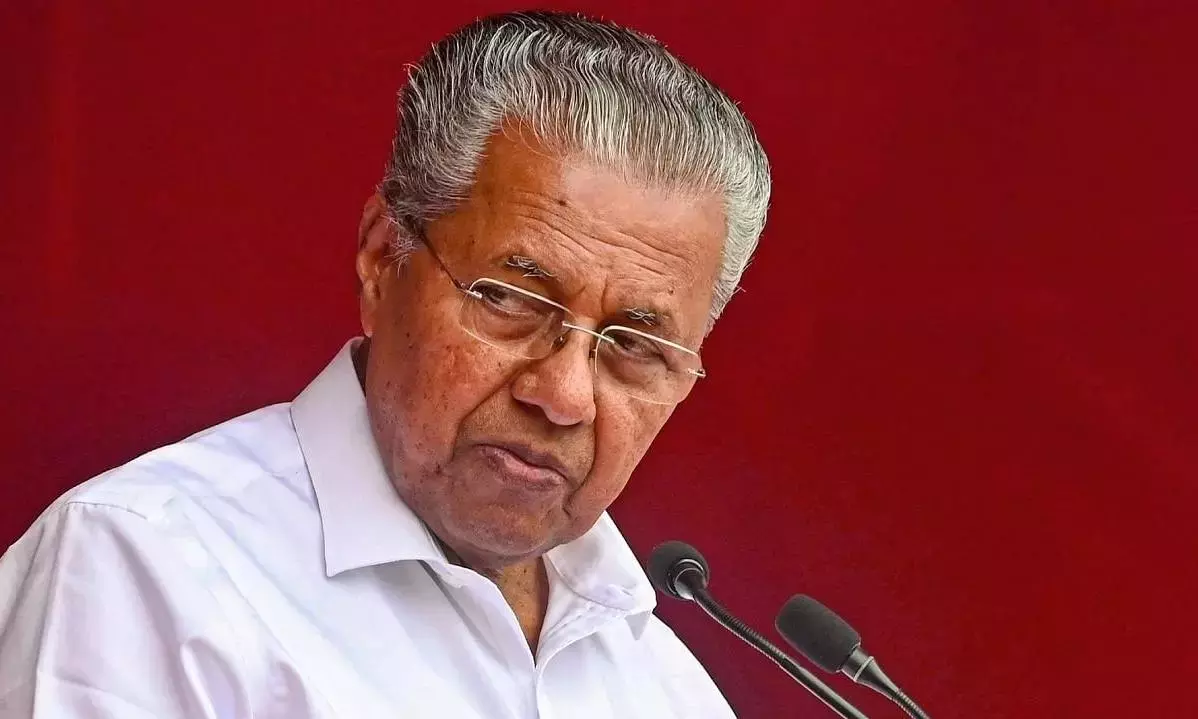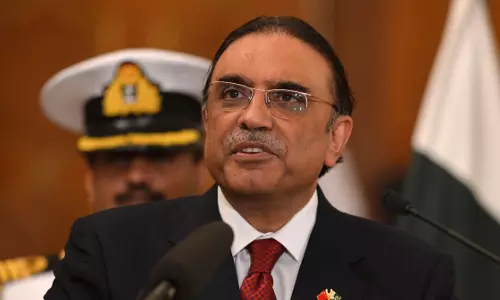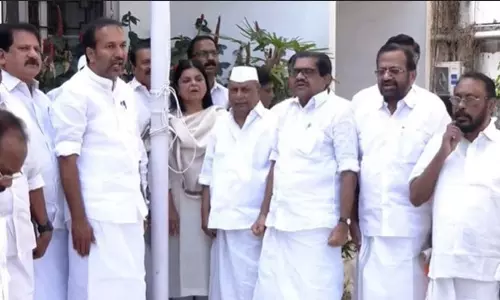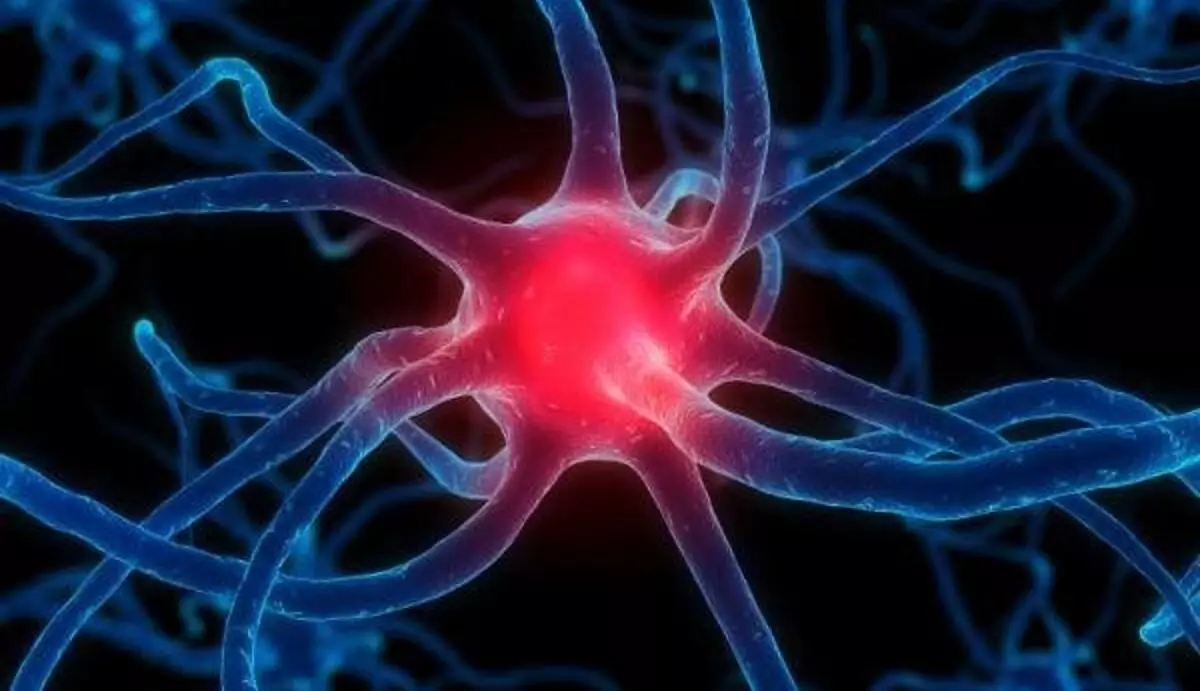
India's rare diseases policy does not ensure affordability, access to patients
text_fieldsNew Delhi: Treatment for patients suffering from rare conditions is limited worldwide, particularly in developing countries such as India, where an undeveloped basic public healthcare system already excludes a large portion of the population. Rare diseases are frequently severe, incapacitating, chronic, and potentially deadly. Children are especially vulnerable, and almost half of these diseases appear at birth.
Although the Union government issued a National Policy for Rare Diseases in 2017, it was eventually scrapped due to implementation challenges. State governments have expressed worry about unclear regulations related to cost-sharing, disease coverage, and patient eligibility for treatment. In 2018, a review group was formed to address these issues, and its recommendations were presented in January 2021. Following additional consultations, the amended National Policy on Rare Diseases (NPRD-2021) was released in March 2021, the News Minute reported.
The World Health Organisation (WHO) recommends that a rare disease be classified as having a prevalence of less than 6.5-10 instances per 10,000 individuals, while other experts argue that this cutoff point is excessively high.
Due to a lack of epidemiological data, India has difficulty classifying rare diseases. To address this issue, the Indian Council of Medical Research (ICMR) established a hospital-based National Registry for Rare Diseases, which now comprises just 12 speciality centres across the country. Notably, larger states are excluded from this endeavour. As a result, the registry has made minimal headway in terms of data gathering, reporting less than 500 cases of these illnesses to date.
In India, the diagnosis journey is greatly extended due to poor testing availability, limited access to specialists, and a lack of understanding of these diseases caused by insufficient data. There have been stories of difficulties encountered by families attempting to have illnesses such as Infantile Hypophosphatasia and Niemann Pick Disease included in the policy.
Only 9,675 people have been recorded in the National Registry for Rare and Other Inherited Disorders (NRROID), according to a Rajya Sabha response in mid-2023.
Rare diseases are only diagnosed in specialised government health facilities in urban areas, leaving many instances unidentified in rural India. Patients require specific instructions on which doctors to consult at each stage of the diagnosis, referral to relevant institutions, and subsequent treatment.
Furthermore, a system should be built to allow healthcare workers to report screening and diagnostic data to tertiary hospitals, centres of excellence, and diagnostic centres. However, the current policy lacks clear guidelines for coordinating activities across diverse stakeholder institutions at various levels of healthcare.
Furthermore, the policy lacks a reference structure for accessing the Nidan Kendra and Centres of Excellence, as stated. However, the current policy lacks a referral structure and clear guidelines for coordinating activities across diverse stakeholder institutions at various levels of healthcare. As a result, there is a shortage of data required to build the registry, which is critical for defining standards across the country. The NPRD-2021 has no particular steps to address these service delivery concerns.























